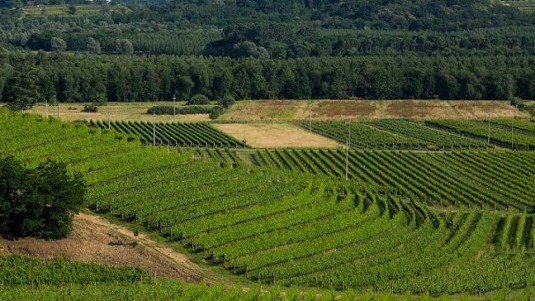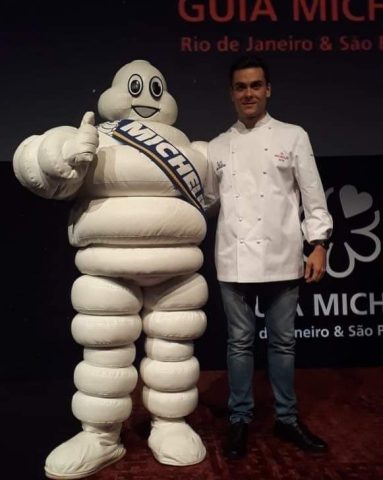And we’ll still call it Tocai

Since the end of 2007, the wine Tocai Friulano can no longer be called Tocai. The name can apply to the grape but not the wine and this because the producers in Hungary of Tokji, a completely different and distinguishable wine, won a suit against Italy over the use of the name. European law, in fact, gives preference to location over varietal in regard to a wine’s name. Nevertheless, no one is going to stop me from calling the Italian wine Tocai and I’m sure many producers and wine lovers feel the same way. We just can’t call it only Friulano. For sure, on the label and even articles about the wine the name Friulano works, but in our hearts it’s a different story and Tocai will always be Tocai.
This was clear the other day at Rome’s Il Goccetto wine shop. “Tocai Schiopetto 2015 is in, “the shop’s owner Sergio Ceccarelli told me and some other customers. Tocai, not Friulano. And it will always be Tocai for Edi Keber who does not call his wine Friulano but Collio Bianco because he blends in 5-10% of another wine. But the color, aroma and flavor remain those of a great Tocai. The same is true of the wines of Toròs, Raccaro, Colle Duga and Sandro Princic, made with grapes from vineyards in Brazzano to Pradis and which have the different characteristic of interpretations, like a Barolo from Bussia and one from Vigna Rionda or as a Chambertin and a Richebourg. And this because great wines, and only these, are capable of expressing so many sides and differences, even if miniscule, but which make then recognizable and unmatched.
Like those other great wines, Tocai ‘feels’ the land and thus can be different. It is bold, almost bitter between Zegla and Plessiva, a littler sweeter in Brazzano, more elegant in Pradis and, above all, Capriva and almost subtle in Dolenga, just to stay in the Collio area. And it is basically the same thing in Colli Orientali with full-bodied wines from Manzano and Buttrio and almost ‘Sauvgnon-esque’ ones in Cividale. The wines have a kaleidoscope of sensations and aromas that range from peach to almond to almost citrus notes of citron in the cooler areas. And all this in a radius of some 20 kilometers, from the foothills towards the Adriatic Sea.
All this has nothing to do with the vineyards in Furmint (which is a lot like Formentini) which are in the northeast sector of the Hungary’s vast, rolling northwester plain. But no one sought to defend this name. It did not matter that the wine has been produced there for over a century at least, that it was a different wine and absolutely Friulano. A rather half-hearted defense based on the remote possibility of sound confusion resulted in them losing the name. And so for eight years now Friulano has been Friulano and no longer Tocai Friulano. The name reflects the same places and traditions and so for people like me it will always be Tocai and we will continue to call it that. In the end, we few who continue to call it that will almost be keeping a secret oral tradition that is not written or governed by law and thus not approved by the European Union. But holding on to the name is something to be proud of, at least in our hearts.
And this, for me, is all that counts.

 Italiano
Italiano

















